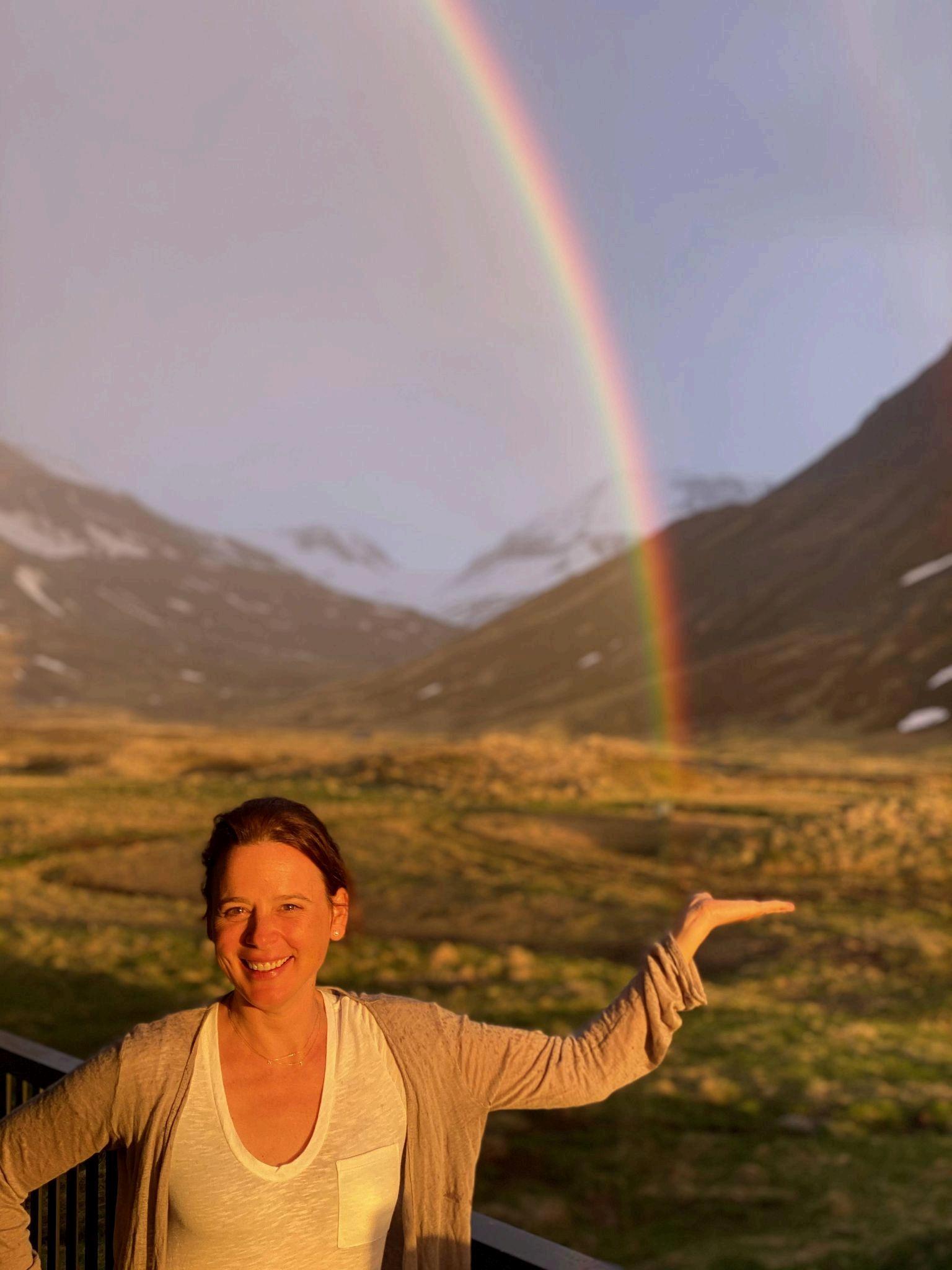Stepping Back in Time: Exploring the Legacy of Ancient Civilizations

Alison Schrag suggests that to step back in time is to journey into the heart of humanity’s beginnings, a world where innovation, culture, and spirituality first took root. Ancient civilizations, though separated from us by millennia, continue to shape our present through their art, architecture, philosophy, and discovery Their ruins whisper stories of triumph and tragedy, of human curiosity and resilience. Exploring these civilizations is more than studying history; it is reconnecting with the origins of human identity Each stone carved, each artifact preserved, serves as a reminder that progress is built upon the achievements of those who came before us
The ancient Egyptians remain one of the most captivating civilizations in history Their monumental architecture, from the Pyramids of Giza to the temples of Luxor, continues to astonish scholars and travelers alike The precision and symbolism in their structures reveal a culture deeply connected to both science and spirituality. Hieroglyphics etched into tombs tell tales of gods, kings, and the eternal quest for life beyond death. Their mastery of engineering, medicine, and astronomy laid the groundwork for disciplines that still influence modern understanding. Walking through Egypt’s desert landscapes is like entering a living museum where every grain of sand holds a fragment of eternity

Equally mesmerizing are the legacies of ancient Mesopotamia, often referred to as the cradle of civilization Situated between the Tigris and Euphrates rivers, this region gave birth to some of humanity’s most transformative innovations: writing, agriculture, and urban planning The Sumerians developed cuneiform script, one of the earliest forms of written communication, while the Babylonians introduced legal systems and astronomical records The ruins of Ur and Babylon stand as testaments to human ingenuity and order. These early societies demonstrated that civilization was not merely a matter of survival; it was the pursuit of structure, creativity, and understanding in a complex world
In the Mediterranean, the Greeks and Romans left indelible marks on philosophy, art, and governance. The Greeks pioneered ideas of democracy, reason, and beauty that still shape Western culture today Their temples, such as the Parthenon, embody principles of symmetry and harmony that extend far beyond the realm of architecture. The Romans, inheriting and expanding Greek ideals, built vast networks of roads, aqueducts, and cities that connected an empire stretching across continents Their legal systems and engineering marvels set standards for innovation and order. To explore Athens or Rome is to walk among the foundations of modern civilization, where thought and structure fused to define progress

Across the ocean, ancient civilizations of the Americas demonstrated remarkable vision and skill. The Maya, Aztec, and Inca societies each flourished with unique cultural and technological advancements The Maya developed sophisticated calendars and extensive astronomical knowledge, while the Aztecs constructed monumental cities, such as Tenochtitlán, showcasing advanced urban organization. The Inca engineered intricate road systems and terraced agriculture at high altitudes in the Andes, blending human adaptation with the natural landscape Despite existing far from the Old World, these civilizations mirrored the same human drive for innovation and connection. Their legacies remind us that brilliance has no singular origin; it emerges wherever humanity takes root
Asia’s ancient cultures add yet another dimension to this shared heritage China’s dynasties fostered inventions such as paper, gunpowder, and the compass, which transformed global development India’s Indus Valley civilization demonstrated advanced city planning and trade systems, while its philosophical and spiritual traditions profoundly influenced moral and intellectual thought worldwide. Meanwhile, Japan’s early cultures harmonized artistry and discipline, blending spirituality with craftsmanship Each of these civilizations contributed to a global mosaic of progress, offering wisdom that continues to guide modern societies toward balance, innovation, and understanding

Stepping back in time to explore ancient civilizations is more than an academic pursuit; it is a journey of reflection The remnants of temples, sculptures, and writings connect us to the same emotions and aspirations that have always defined humanity: curiosity, faith, love, and the search for meaning These civilizations, though gone, live on in our languages, our institutions, and our collective imagination They remind us that history is not just about the past; it is a living thread that binds generations together. To glimpse their world is to see ourselves more clearly, understanding that the story of civilization is a shared one, built by countless hands reaching toward the future from the sands of time
